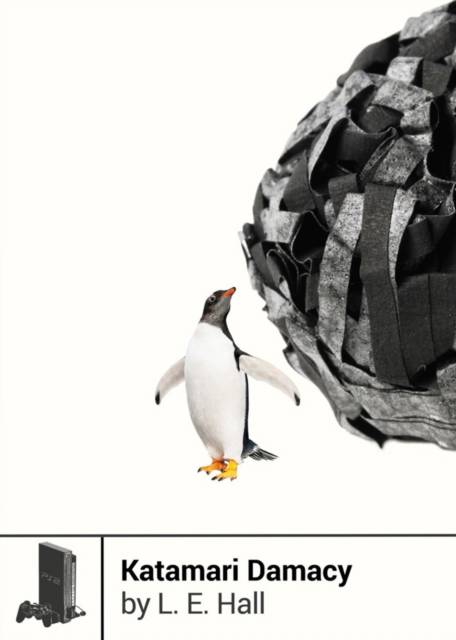
Je cadeautjes zeker op tijd in huis hebben voor de feestdagen? Kom langs in onze winkels en vind het perfecte geschenk!
- Afhalen na 1 uur in een winkel met voorraad
- Gratis thuislevering in België vanaf € 30
- Ruim aanbod met 7 miljoen producten
Je cadeautjes zeker op tijd in huis hebben voor de feestdagen? Kom langs in onze winkels en vind het perfecte geschenk!
- Afhalen na 1 uur in een winkel met voorraad
- Gratis thuislevering in België vanaf € 30
- Ruim aanbod met 7 miljoen producten
Zoeken
Omschrijving
The universe falls into chaos. The moon and the stars vanish from the night sky. The son of a fickle deity must restore balance to the cosmos... by pushing a sticky ball around and picking up every toothpick, tree, and skyscraper in its path. A plotline this wild could only describe "nah... nah nah nah nah nah nah nah" Katamari Damacy, the irresistible little cult game turned cultural juggernaut. But the 2004 release of Katamari almost didn't get the ball rolling. Reviewers worldwide weren't sure how to classify it and initial sales numbers were low. Those who actually played it, though, were won over by its novel gameplay, goofy surrealism, and catchy soundtrack. Pushed into the mainstream by its passionate fans, Katamari remains one of the best video game examples of pure anarchic fun. Based on new interviews with Katamari creator Keita Takahashi himself, game designer and writer L. E. Hall explores the unlikely story of the game's development, its unexpected success, and its lasting cultural impact. Along the way, she uncovers Katamari's deep roots in Japanese culture, in contemporary art, and in the transformative power of play itself.
Specificaties
Betrokkenen
- Auteur(s):
- Uitgeverij:
Inhoud
- Aantal bladzijden:
- 64
- Taal:
- Engels
Eigenschappen
- Productcode (EAN):
- 9781940535173
- Verschijningsdatum:
- 16/10/2018
- Uitvoering:
- Paperback
- Formaat:
- Trade paperback (VS)
- Afmetingen:
- 124 mm x 175 mm
- Gewicht:
- 136 g

Alleen bij Standaard Boekhandel
+ 36 punten op je klantenkaart van Standaard Boekhandel
Beoordelingen
We publiceren alleen reviews die voldoen aan de voorwaarden voor reviews. Bekijk onze voorwaarden voor reviews.









